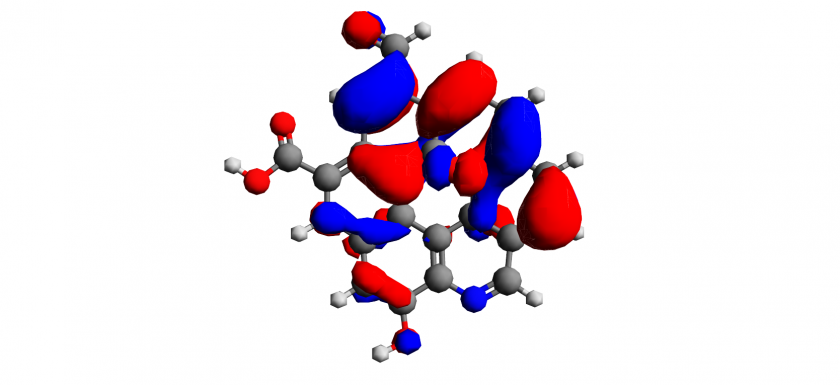
Theoretical Characterization of Nitrogen-Doped Graphene Oxide Quantum Dots
Materials capable of catalyzing water splitting reactions when irradiated by sunlight show considerable promise as a hydrogen fuel source. These photocatalysts are suitable for large scale hydrogen production, since the process requires only water, solar energy and the catalyst itself.
One such material is graphene oxide (GO) which is particularly interesting because its properties can be easily tuned to enhance its efficiency. In this project, we investigate how different functionalization patterns affect the photocatalytic activity of nitrogen-doped GO by calculating theoretical IR, UV and X-ray spectra for a number of suitable model systems (shown above). As the mechanisms behind GO induced water splitting are unknown, these calculations are necessary for designing an optimal photocatalyst.
Author:
Sara Bogojević
HZB Summer Student 2017, Research group for theoretical chemistry
Theoretical and Experimental Physics student, University of Belgrade

Well done! Theoretical chemistry is hard stuff. You found a telling headline, a good picture and pointed out the relevance of doing calculations in order to identify better catalysts.
Really interesting job! Congratulations!
This subject seem pretty interesting to me. I would like to see more about it.
Very interesting work! I would like to hear more about it.
I would be glad of hearing more about it. Including how people are going to use your results to make real (in the lab) the optimal photocatalyst.
We do almost all the calculations with ORCA – so all of the results are based on density functional theory. As for the experimental test – for every model structure, in principle we’re supposed to compare the theoretical spectra with the experimental ones, and if they are in good agreement we can say our structure is a viable model. However, the experimental group my group is collaborating with is still waiting for a good NGO-QD sample – so the experimental verification part will have to wait.
I would like to know how theortical IR is done ?
Also do you have any kind of experimental test after functionalising the GO or it’s all theoritical calculations ?
Sounds pretty interesting, i’d like to hear more